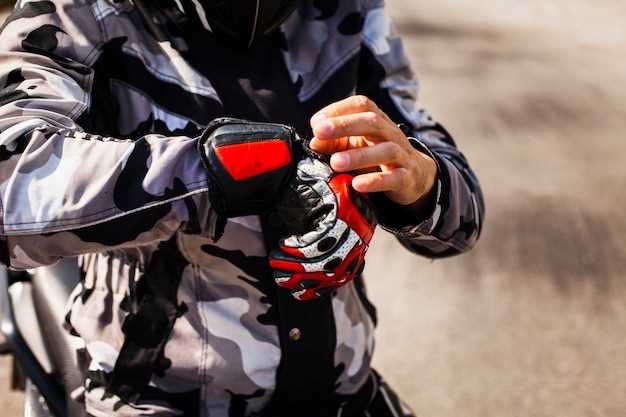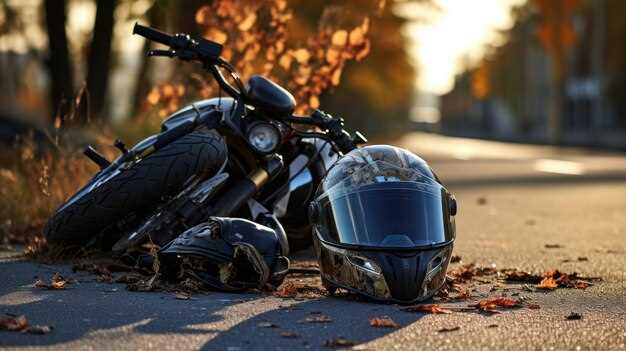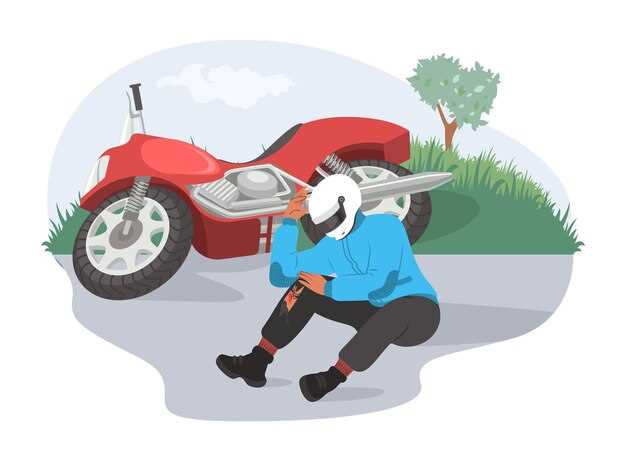
Motorcycle racing is an exhilarating yet perilous sport, where split-second decisions can determine not only the outcome of a race but also the safety of the riders involved. Understanding the nuances of fall prevention is essential for any aspiring racer, as falls are an inevitable aspect of the sport. This article delves into effective techniques that racers can employ to minimize injury during a fall, emphasizing the importance of preparation and skillful execution.
When it comes to falling safely, the right technique can make all the difference. Riders must learn how to anticipate potential falls and respond appropriately, ensuring that they can navigate these unfortunate situations with greater control. By mastering safe falling techniques, racers not only enhance their own safety but also contribute to a more secure racing environment for their peers.
Throughout this article, we will explore various strategies that can help reduce the risk and impact of falls in motorcycle racing. From body positioning to how to roll upon impact, understanding these principles will equip riders with the knowledge necessary to protect themselves and improve their overall racing performance.
Understanding the Physics of Falls in Motorcycle Racing

The dynamics of motorcycle racing involve intricate interactions between speed, momentum, and friction. Understanding these principles is crucial for both the prevention of falls and the mitigation of injuries when they occur. A motorcycle’s stability relies heavily on maintaining a balance of forces, including gravitational force acting downwards and the centrifugal force pushing outward during turns. If these forces become unbalanced, the rider risks a fall, which can lead to severe injuries.
When a motorcycle begins to lose traction, typically due to excessive speed or aggressive cornering, the concept of angular momentum comes into play. The rider must counteract this by shifting their body weight accordingly to help maintain control. Learning how to reposition oneself effectively can significantly decrease the likelihood of a fall and thereby reduce the risk of injury.
An important aspect of physics in motorcycle racing is the notion of energy during a fall. When a rider falls, the kinetic energy at the moment of impact is a critical factor in the severity of injuries sustained. Riders wearing proper protective gear can significantly absorb and redistribute this energy. It is essential to understand the biomechanics involved, as this knowledge aids in selecting the correct protective equipment and appropriate riding techniques to further enhance safety.
Prevention strategies, such as practicing controlled slides and understanding the limits of traction, can enhance a rider’s response in critical situations. Developing muscle memory through regular training enables riders to react instinctively, helping to minimize the consequences of a fall. Ultimately, blending knowledge of physics with practical skills creates a safer riding environment and enhances performance on the track.
Critical Body Positioning During a Fall
Maintaining the correct body position during a fall is crucial to minimizing injury while motorcycle racing. When a rider realizes they are about to fall, the first instinct should be to assess the situation and prepare the body accordingly.
One of the most important aspects of body positioning is to roll with the fall. Instead of bracing for impact with stiff limbs, riders should aim to keep their body loose and relaxed, allowing for a controlled roll. This technique helps to distribute the force of the impact across a larger surface area, reducing the likelihood of serious injuries.
Another key element is to protect vital areas of the body. Riders should keep their arms close to the body, avoiding the instinctive reaction to reach out with hands or arms, which can lead to wrist, shoulder, or arm injuries. Instead, tucking the elbows into the body can greatly reduce the risk of fractures in these areas.
Additionally, positioning the head is critical. Riders must try to keep their helmeted head aligned with the torso to avoid whiplash or head injuries. If possible, turning the head to the side can help deflect some impact energy away from the neck and skull.
Finally, it is essential to remain aware of the motorcycle’s position. In certain scenarios, it might be beneficial to attempt to kick the bike away while falling. This action can prevent the motorcycle from landing on the rider, thus reducing the risk of additional injuries.
In summary, critical body positioning during a fall can greatly influence the severity of injuries sustained in motorcycle racing. By focusing on rolling with the fall, protecting vital areas, and maintaining an awareness of the motorcycle, riders can significantly enhance their safety on the track.
Preventive Gear and Training for Injury Mitigation

In motorcycle racing, prevention of injuries is as crucial as skillful riding. Adopting the right gear and engaging in comprehensive training can significantly enhance the safety of riders on the track.
Preventive gear plays a vital role in minimizing the risk of injury. Key components include:
- Helmets: Essential for head protection, ensuring they meet safety standards improves impact resistance.
- Body Armor: Jackets and suits with built-in armor can shield vital areas, such as shoulders, elbows, and knees.
- Gloves: Designed to provide grip and protect hands during falls, gloves reduce the likelihood of abrasions.
- Boots: Sturdy footwear supports the ankles and protects feet from impacts and abrasions.
- Back Protectors: Additional support for the spine can minimize the risk of back injuries during accidents.
Equally important is the training that riders undergo. Effective training programs focus on several key areas:
- Riding Techniques: Learning proper cornering, braking, and acceleration techniques helps maintain control, reducing the chances of accidents.
- Fall Protocols: Riders should practice safe falling techniques, such as rolling during a fall to distribute impacts.
- Situational Awareness: Training to remain alert to environmental changes and other racers can help avoid potential collisions.
- Physical Fitness: Maintaining overall fitness enhances stamina and reflexes, aiding in better control of the motorcycle.
- Mental Preparation: Developing a strong mental game allows racers to remain calm and focused in high-pressure situations, which can prevent rash decisions leading to injury.
In summary, the integration of high-quality preventive gear and rigorous training programs is essential for injury mitigation in motorcycle racing. Riders who prioritize safety not only enhance their performance but also create a safer environment on the track for themselves and others.
